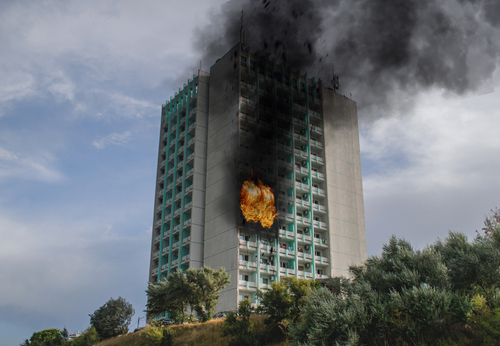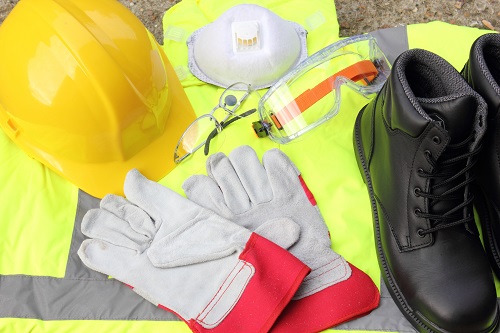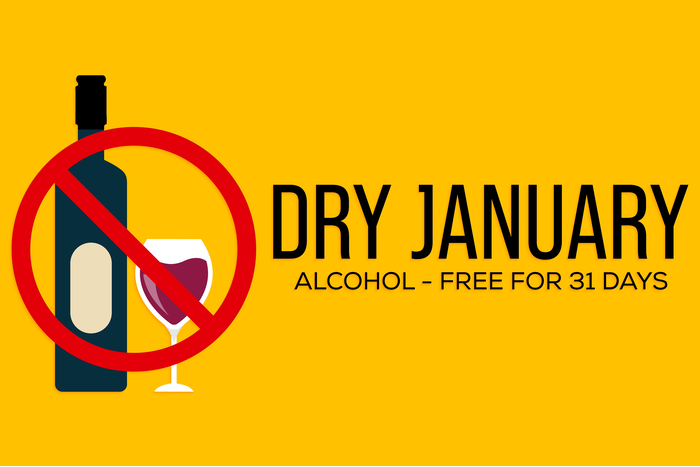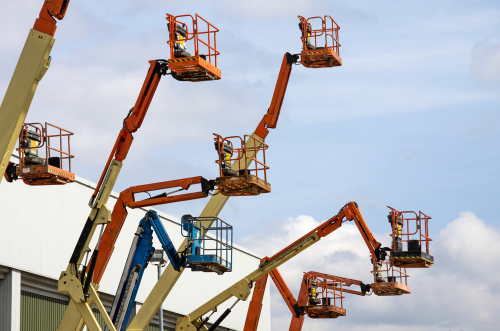Hackitt warns industry to change now to survive new safety regulator

Tom Brookes
FSA Chair & MD of Lindum Fire Services Ltd

14 June 2017 is a day that will haunt the construction industry for a long time. It was the day of the catastrophic Grenfell Tower fire, where sadly 72 people needlessly lost their lives.
Dame Judith Hackitt was given the task of reviewing Building Regulations and fire safety. She set up 11 industry led working groups to identify and develop specific competency frameworks and accreditation pathways. From their conception, I was involved with working group 2 – Installers, and working group 4 - Fire Risk Assessors. The initial report from Dame Hackitt criticised the construction industry’s lack of joined up thinking. She also highlighted the low level of competence in the construction industry.
It was, at times, a frustrating and difficult task to get numerous construction and fire industry bodies and associations to agree a set of competency requirements suitable for all. In October 2020 the Setting the Bar report, from the Competence Steering Group for Building a Safer Future was published
The Installers working group recommended the industry adopt a competency framework for all the installer sectors working on in-scope buildings. This can also be applied to other project types. The framework consists of:
- Accredited third party certification of companies
- Level 2 or 3 qualifications for individuals
- A card scheme such as, but not limited to, the CSCS
- CPD refresher training and the maintenance of individual skills
- All installers have a core knowledge of fire safety in buildings
Fast forward four years from the Grenfell fire and we are starting to see changes. New regulations and requirements are coming in. And earlier this year a brand-new Building Safety Regulator was formed, with the new Chief Inspector of Buildings named as Peter Baker.
Mr Baker recently said the industry must move away from relying on building controls as the final check to achieve building safety. The future expectation is for a building to be safe for its purpose, rather than complying with minimum building standards. Gone are the tick sheets for complying with building regulations, we will now be asked ‘is this building safe for occupation for its life cycle?’.
The new safety regime will be established under the Building Safety Act, which is hoped to have real teeth to stop the race to the bottom. Peter Baker says contractors should start preparing for new procedures as soon as possible. Companies will have to prove to the Building Safety Regulator that their staff have the competence to know future users of the buildings will be safe.
Dame Hackitt said in an interview, “Failing to plan now is morally indefensible”. She went on to say, “companies in the construction and built environment industry will not survive the new system of building regulations due to come into force in 2023, unless senior staff start making changes now”.
Start asking yourself, “are all my staff competent for the role they carry out?” Now is the time for all working in the built environment sector to stop taking risks and start making improvements.

Tom Brookes
FSA Chair & MD of Lindum Fire Services Ltd
Related Articles
Suicide prevention month
There’s never been a better time to consider Private Medical Insurance for your employees
This Movember, make time for self care
Stoptober: It's time to quit!
PMI options for your employees
Legislate for competence and safety
When it comes to their health, men shouldn’t bury their heads in the sand
Shining a light on loneliness
Help tackle loneliness this Mental Health Awareness Week
Updated PPE Regulations: What you need to know
Do your fire alarm engineers meet the competency framework?
The real benefits of dry January!
The importance of competence in an evolving industry
Why fleet and driver safety shouldn’t be a lottery
Ten ways to keep workers safer this winter
Five ways tech can make work at height safer
Changing the way we talk about mental health
ECA North East Region supports industry charity
Shop smart and safe this Christmas
Making a relationship better with EIC
Face coverings and a shifting policy background
COVID-19: How EIC can help
How the EIC can support you in difficult times
Safety Steps: guidance for work at height
Medical advice is at hand with Bupa
Copyright © 2024 Electrical Contractors Association Ltd
.jpg?width=970&height=90&ext=.jpg)


























